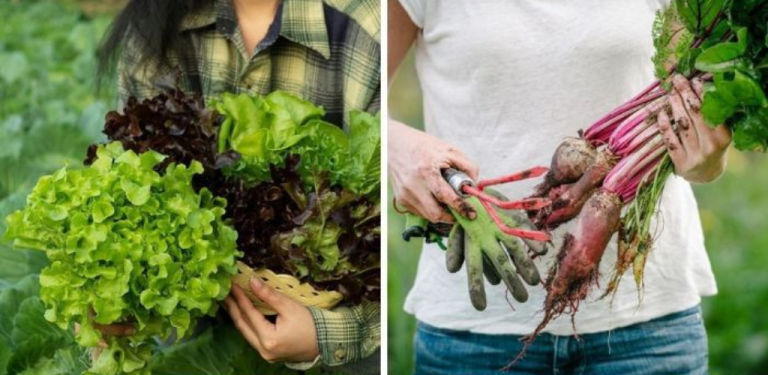ADVERTISEMENT
There is absolutely no reason for the growing season to stop just because winter begins. There are quite a few winter garden vegetables that grow well in cold weather. In fact, some vegetables thrive in cold weather and will ultimately taste better.
Here is the complete list of vegetables to grow in winter, along with some tips to keep your winter garden happy and healthy.
First, educate yourself on the climate in your region. Find out the average winter temperatures in your area. You will be able to tell how a typical winter will hold up for you.
The lowest temperature in your area is how you choose what you can grow. This temperature is the limit of what you can grow unprotected in your vegetable garden.
Remember that one of the advantages of growing winter vegetables in containers is that they are mobile. So, if the weather is really bad, you can simply move your garden to a protected area.
Ultimately, there are three types of winter garden vegetables: hardy, semi-hardy, and “ultra-hardy.”
Hardy vegetables:
Hardy vegetables tolerate hard frosts that occur at about -2 to 4°C. In areas where temperatures drop, you will need to provide protection throughout the winter.
Hardy vegetables include peas, kohlrabi, leeks, broccoli, Brussels sprouts, radishes, turnips, and cabbage.
Semi-hardy vegetables:
Semi-hardy vegetables tolerate light frosts, defined as frosts that occur at 0 to -2°C. Semi-hardy vegetables are not as tolerant of winter temperatures as hardy vegetables, but they can still grow very well in many winter climates.
Curly lettuce, arugula, Asian greens, endives, chard, beets, and carrots are all examples of semi-hardy vegetables.
Ultra-hardy vegetables:
Finally, we have what we have called “ultra-hardy vegetables.” There are only three ultra-hardy vegetables: kale, spinach, and mustard greens.
These three crops can tolerate temperatures as low as -6°C and up to 15°C for kale. In milder regions, they will literally grow all winter, right up to the following spring.
continued on next page
